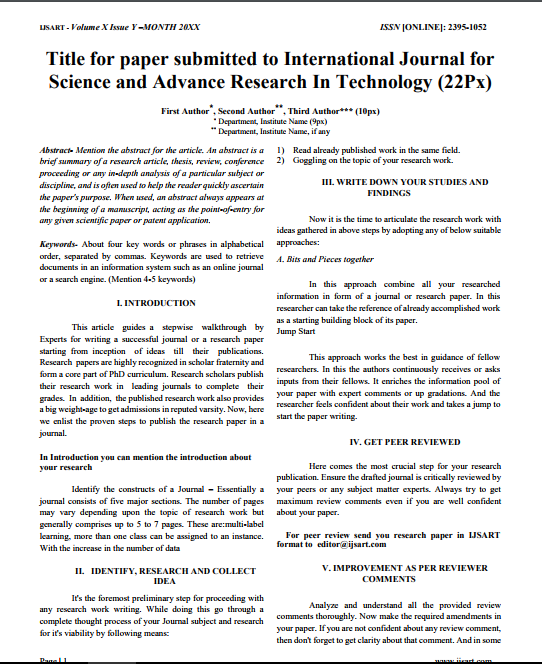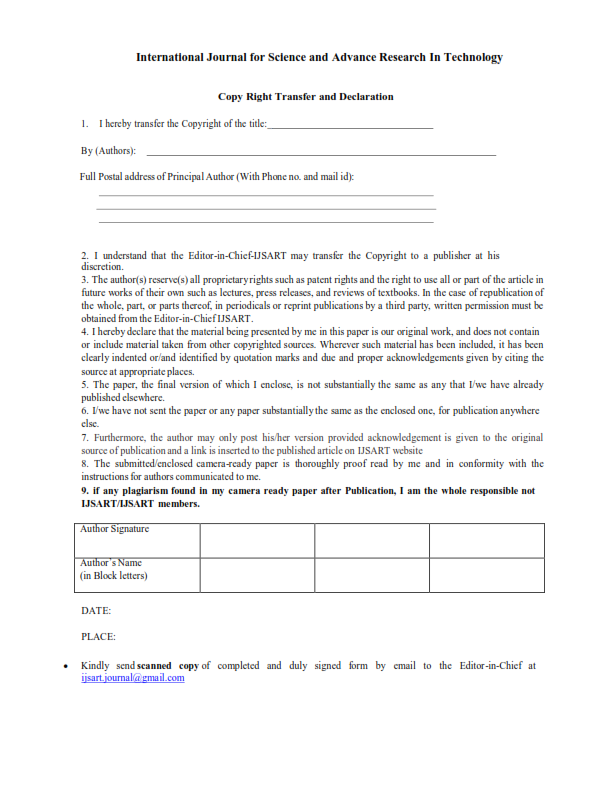CFD BASED COMPARISON OF FLUTTER EFFECT IN SUPERSONIC WING DESIGNS AT STEADY AERODYNAMIC CONDITION |
Author(s): |
| Varunkumar K S |
Keywords: |
| Flutter effect, Aeroelasticity, Steady Aerodynamics, Computational Fluid dynamics, Supersonic speed conditions, Fluid-Structure interaction. |
Abstract |
|
This research paper presents a numerical methodology and analysis to study the aeroelastic effect of flutter, which is a self-exciting oscillation that can occur on wings at high speeds; particularly referred to as the twist along its axis of stiffness. The focus of this study is to understand the interaction between aerodynamic forces and the structural flexibility of the wing, which can lead to the flutter effect, extensively visible in unsteady aerodynamics. After conducting a detailed study, it is clear that the flutter, an unstable aeroelastic phenomenon, can occur even under steady aerodynamic conditions similar to the conventional results shown by unsteady aerodynamics. This phenomenon is possible if the wing is designed to correspond with the thin airfoil theory, which involves a minimal thickness of the wing. To investigate this phenomenon, two wings of feasible dimensions were designed with standard airfoils, including the DAVIS BASIC B-24 WING AIRFOIL and a customized diamond wedge airfoil. High-precision Computational fluid dynamic simulations were conducted using ANSYS (FLUID FLOW FLUENT) to analyse the effects of lift and drag for various angles of attack, flowlines, vortices and shock wave propagation. STATIC STRUCTURAL and SYSTEM COUPLING methods were also performed to observe the static deformation of the sheet metal design due to the aerodynamic loading (Fluid-Structure interaction) under supersonic conditions, neglecting the effect of gravity. The findings of this study provide insights into the flutter effect and its impact on wing design at high speeds, and the numerical methodology presented can be used to further study similar aeroelastic problems on several other innovative wing designs. |
Other Details |
|
Paper ID: IJSARTV Published in: Volume : 10, Issue : 2 Publication Date: 2/5/2024 |
Article Preview |
|
Download Article |


